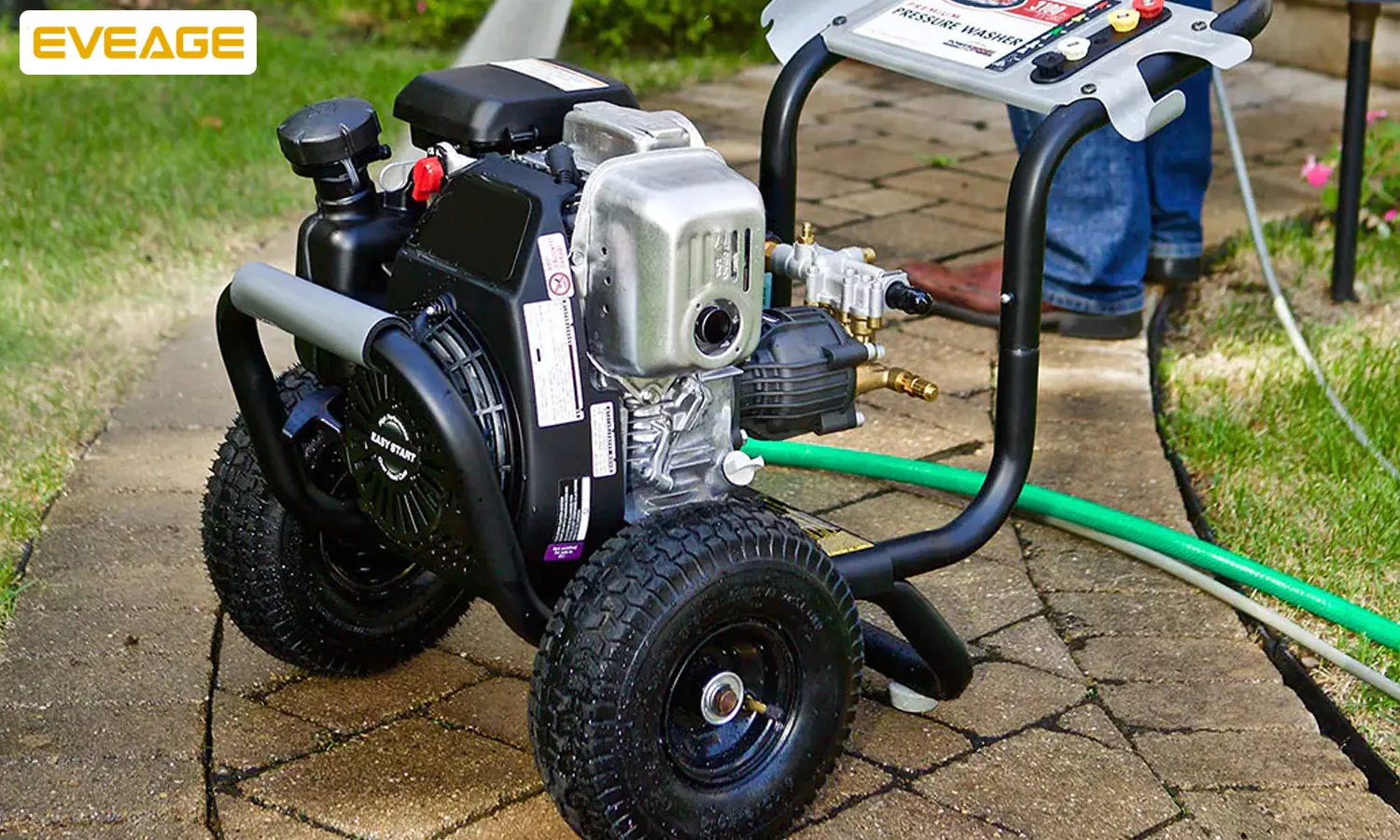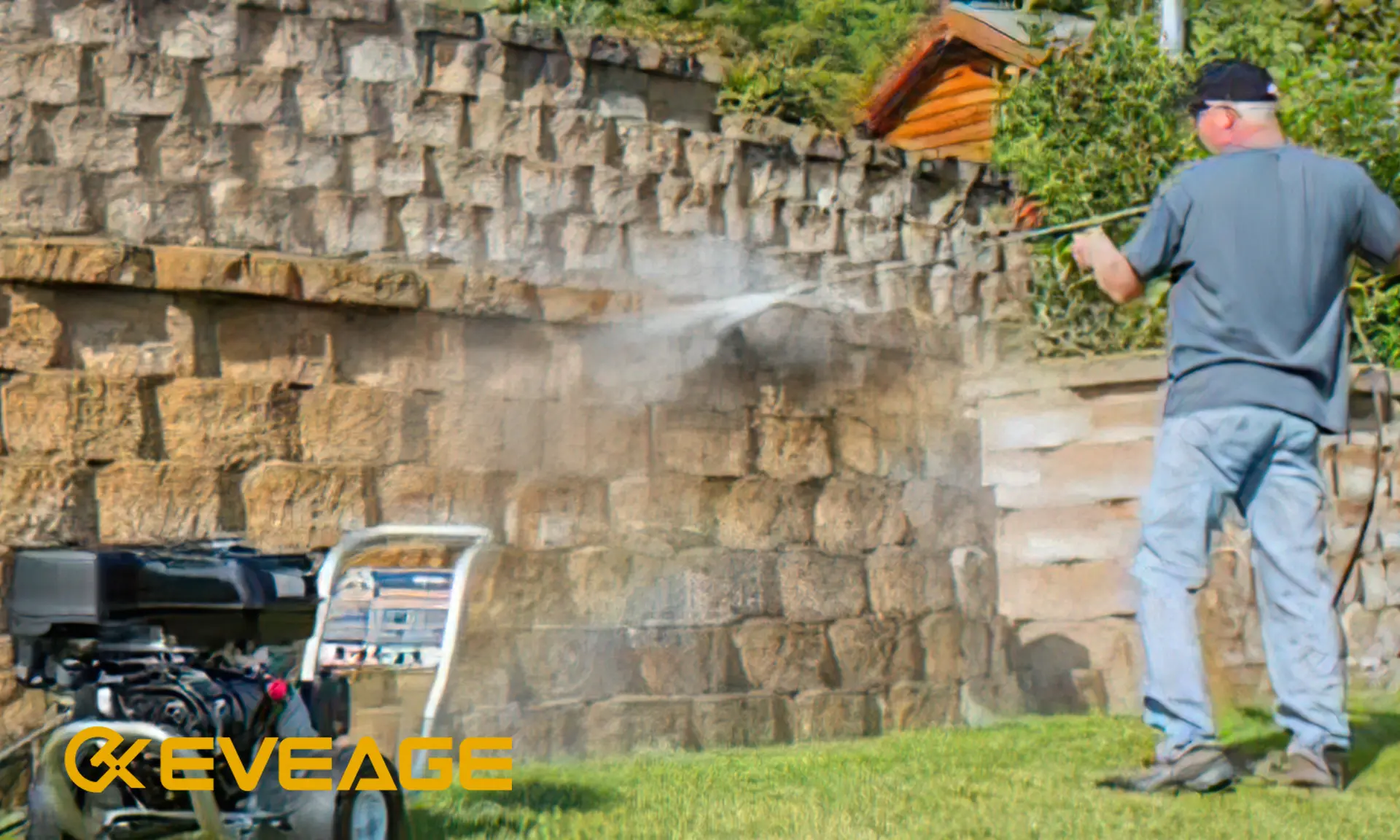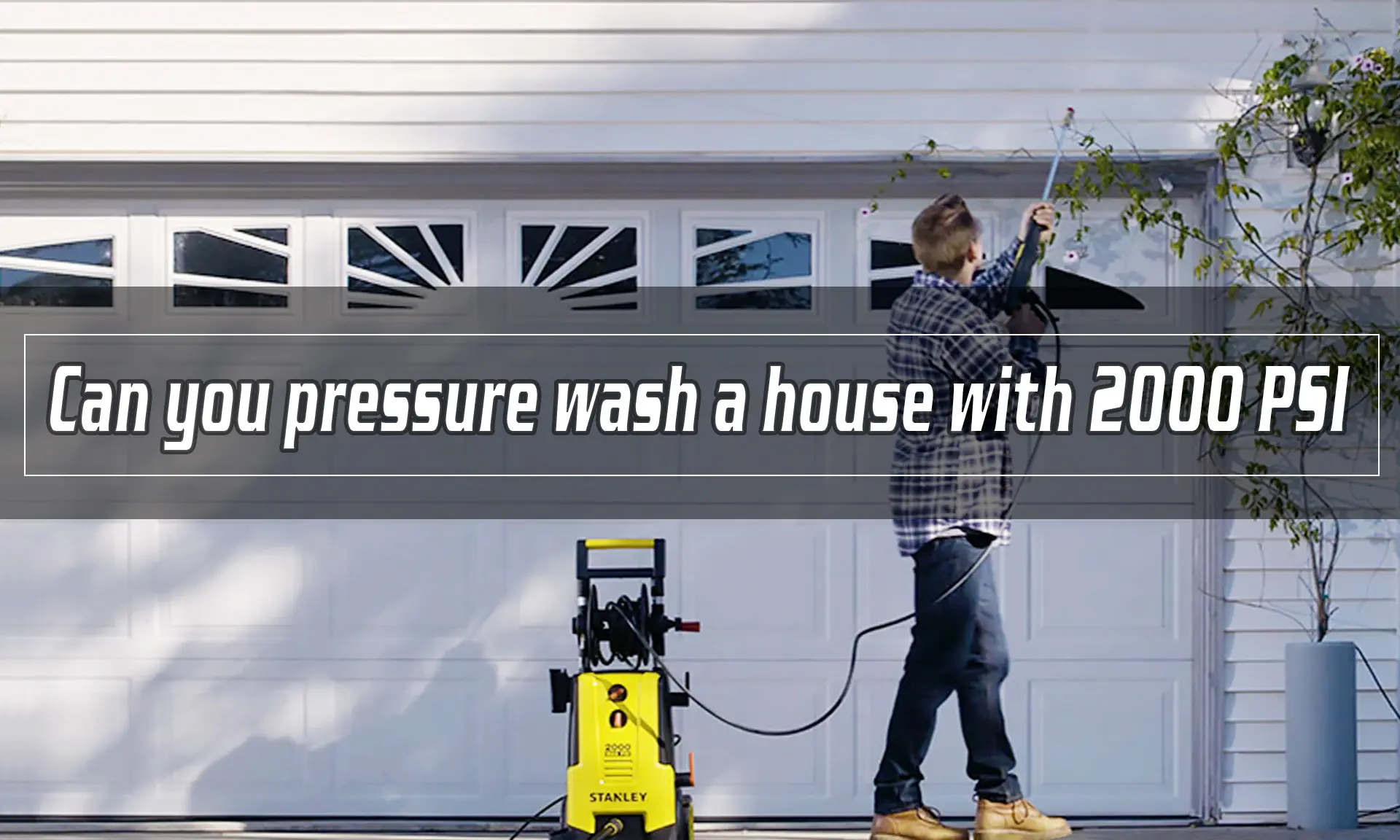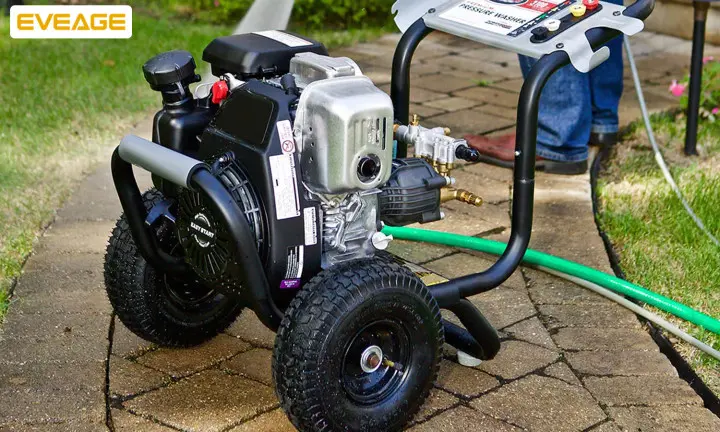Introduction
If you’re an avid gardener, you know how important it is to have the right tools for the job. If pressure washing is your go-to method for cleaning up your yard and driveway, then using an electric pressure washer is a great way to get the job done quickly and efficiently. But what if you’re short on cash and don’t want to buy a new unit? Can you make do with what you already own? The answer might surprise you: yes!
Can You Turn Your Hose Into a Pressure Washer?
A pressure washer is a device that you can use to clean your car, deck, and more. A garden hose is a common accessory used in conjunction with a pressure washer.
A pressure washer hose is typically made of flexible plastic or rubber tubing that allows water to flow from the pump of a pressure washer to its nozzle.
A pressure washer reel is an attachment used for storing and unrolling your garden hose when it’s not in use; this prevents kinks from forming in the hose and makes it easier to manage when you need it next time around.
A pressure washer hose adapter connects two different types of attachments together—e.g., connecting an outdoor faucet connector with an extension wand so they’re both using the same source (water).
but you’re going to need a few things so your garden hose can be connected to a pressure washer.
If you’re wondering whether or not you can connect your garden hose to a pressure washer, the answer is yes—but there are some things you need to know first.
In order for it to work, the water coming from your garden hose needs to be at least 145°F (or higher) and pressurized at least 3,000 PSI (or higher). These temperatures and pressures will damage any standard garden hose in short order.
Garden hoses are not rated for the high pressures used by pressure washers. Take care if you attempt this.
Garden hoses are not rated for the high pressures used by pressure washers. They may be damaged by either high temperatures or high pressures, or both.
If you’re considering trying this, have a look at your garden hose first to see if it’s made of rubber or plastic. If it’s made of rubber, it might be able to handle the heat from your pressure washer without being damaged; however, I wouldn’t try using one as an extension cord for my electric power drill just yet.
It’s important to be aware that although a hose might fit on the male connector of an electric pressure washer, it doesn’t mean the hose is rated for high temperatures or pressures.
Although you may be able to hook a garden hose up to your electric pressure washer, it won’t last long. Garden hoses are not rated for high temperatures or pressures, and they can easily burst at these levels. The burst pressure of a typical garden hose is much lower than the pressure put out by a typical electric pressure washers.
A garden hose will be damaged by water at these temperatures and pressures. The burst pressure of a typical garden hose is much lower than the pressure put out by a typical electric pressure washers (1,300+ PSI).
You should only attempt this if you are certain that the water temperature will not exceed 100 degrees Fahrenheit, and that the pressure put out by your hose will be less than 1,300 PSI. Garden hoses are not rated for the high pressures used by pressure washers, and may burst if subjected to such forces.
Pressure washers operate at temperatures up to 145°F (or higher) with pressures up to 3,000 PSI (or higher).
Pressure washer temperature range:
The temperature of water that comes out of the hose depends on the volume of water that passes through the system. The pressure applied to the water can also affect its temperature. The higher the pressure, the hotter your stream. A typical residential model has a maximum operating range of 50 to 120 degrees Fahrenheit (or 10-49 degrees Celsius), and this is fine for most outdoor cleaning jobs. However, some commercial models may operate at 135°F (or 57°C) or even higher—if you plan on using yours for heavy-duty tasks like stripping paint or cleaning off large vehicles or boats, consider purchasing one with a high flow rate and high pressure levels so you can get all kinds of dirt out of nooks and crannies without causing damage from overheating!
Pressure washer pressure range:
Although most residential models have ranges between 1,200 PSI (pounds per square inch) up to 2,000 PSI (pounds per square inch), some commercial versions go up as far as 3,000 PSI (pounds per square inch). You should choose whichever option suits your needs best; however if you’re unsure which setting would work best in any given situation just ask yourself these questions: How big is my job? What kind will it take? Do I need more power than usual? If so then opt for something higher than what’s generally recommended in order save time while getting results faster without having special training first.”
If you need to use an existing garden hose with your pressure washer, you’ll need a few items to make it work.
Oops! Click Regenerate Content below to try generating this section again.
What are Pressure Washer Hoses Rated For?
The pressure rating of your hose is determined by the amount of PSI (pounds per square inch) that it can handle. A garden hose, for example, is meant to be used with water at around 1,300 PSI. A pressure washer nozzle would need to be able to handle 4,000 PSI or more. The main difference between a high-pressure hose and a garden hose is that the high-pressure one is designed for heavy duty cleaning jobs like washing cars and decks without any worries about bending over due to its strength and durability.
If you’re using a regular garden hose with your power washer then you’re not getting all of its benefits because it won’t perform at full capacity if it’s not properly rated for higher pressures than what it’s built for (1,300 PSI). You’ll notice that when you use this type of equipment on tougher jobs like washing your car there will be times where they stop working altogether because they’ve reached their limit which means they need replacing before another problem arises such as leaks occurring because too much stress has been put on certain parts such as where joints meet together inside where there may not be enough room left over after assembly line workers cut off excess materials so they could fit into packaging boxes easier while still maintaining quality assurance standards set forth by manufacturers themselves during production stages prior production runs went out into stores nationwide across entire continents worldwide worldwide throughout various regions worldwide continentally
Most residential electric pressure washers have two standard-sized quick connect outlets for two different accessories or nozzles. Most of these machines are rated for 4,000 PSI — which is more than enough power for any home project.
Most residential electric pressure washers have two standard-sized quick connect outlets for two different accessories or nozzles. Most of these machines are rated for 4,000 PSI — which is more than enough power for any home project.
Nozzles are used to change the spray pattern from an all-over spray to a narrow jet, which can be useful when washing windows or driveways or working with small areas. Wands are useful for reaching high places and cleaning surfaces that are hard to access and often need multiple passes before they’re clean on their own. Surface cleaners can be used with a pressure washer to wash cars and boats; they’re also great to use in the winter when you can’t get outside but still need your vehicle cleaned up so it’s ready in springtime!
Pressure Washer Nozzle and Accessory Connections
If you want to use a pressure washer nozzle and accessory, you’ll need to ensure it’s compatible with your hose. First, look at the nozzle or accessory and find its PSI rating. This is typically 4,000 psi. Then, check for its temperature rating—the maximum temperature that can be sustained by the item without damage. The typical maximum temperature for something like a nozzle is 145°F (62°C). Finally, check for its minimum operating pressure limit—what pressures are supported by the item when it’s being used correctly? Most hoses have an operating minimum of 3,000 psi.
Conclusion
Typically, these machines have two standard-sized quick connect outlets for two different accessories or nozzles. Most of these machines are rated for 4,000 PSI — which is more than enough power for any home project.





